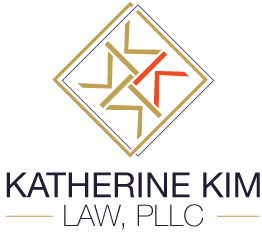Make Your Mark : A Quick Guide to Trademarks for Entrepreneurs
A good name is hard to find, particularly when you’re launching your brand and business. Once you have a name and logo for your venture, completing the trademark application is an important step to protect your intellectual property.
Intellectual property law is complex and requires proper legal advice and strategy; however, the following post provides a quick guide on how the trademark process works and how you can benefit from it.
What Does a Trademark Protect?
Although trademarks essentially exist to protect consumers from brand confusion, trademarks also protect your company’s uniqueness and distinguish your business from that of competitors.
How Does It Work?
A trademark does not need to be registered for you to initiate legal action against someone who is unlawfully using your mark. However, registering your trademark with the USPTO can afford additional benefits and make the legal process easier down the road.
One of the benefits of registering is that you can use the ® symbol beside your trademark. This serves to potentially deter more instances of infringement. Even without federal registration, though, you can still use “TM” next to your trademark.
Another benefit is that registration with the USPTO puts the nation on notice regarding your trademark. If you end up in court, you will have an easier time proving that the infringing party knew about the existence of your trademark.
Applying for Trademark Registration
When preparing your application, you can create a mark that is both descriptive and establishes a connection between your company and the product or service offered. However, making a more creative mark not directly related to or describing your product or service may actually be stronger.
Once you file the paperwork with the appropriate fee, the USPTO may deny your initial application or request modifications. If your application is granted, then it will be opened for challenges for 30 days. If no challenges arise, your trademark will be officially registered. If there are challenges during the 30 day period, you have the option to abandon your mark or defend it against the challenge.
Using Your Trademark
Once your trademark is registered, consistent use of your mark and record-keeping of such use are the best ways to maintain protection. If you allow other parties to use your trademark, monitor and record their use as well.
Avoiding Infringement
Infringement occurs if you use a mark that is too similar or identical to a trademark already in use by someone else. Defending your use in court is expensive and time-consuming. Be sure to make a creative and distinctive mark and conduct a thorough trademark search prior to use of your mark.
As you can see, the trademark process is complicated and can be confusing, so be sure to seek out guidance from an attorney to ensure your business is adequately protected.

